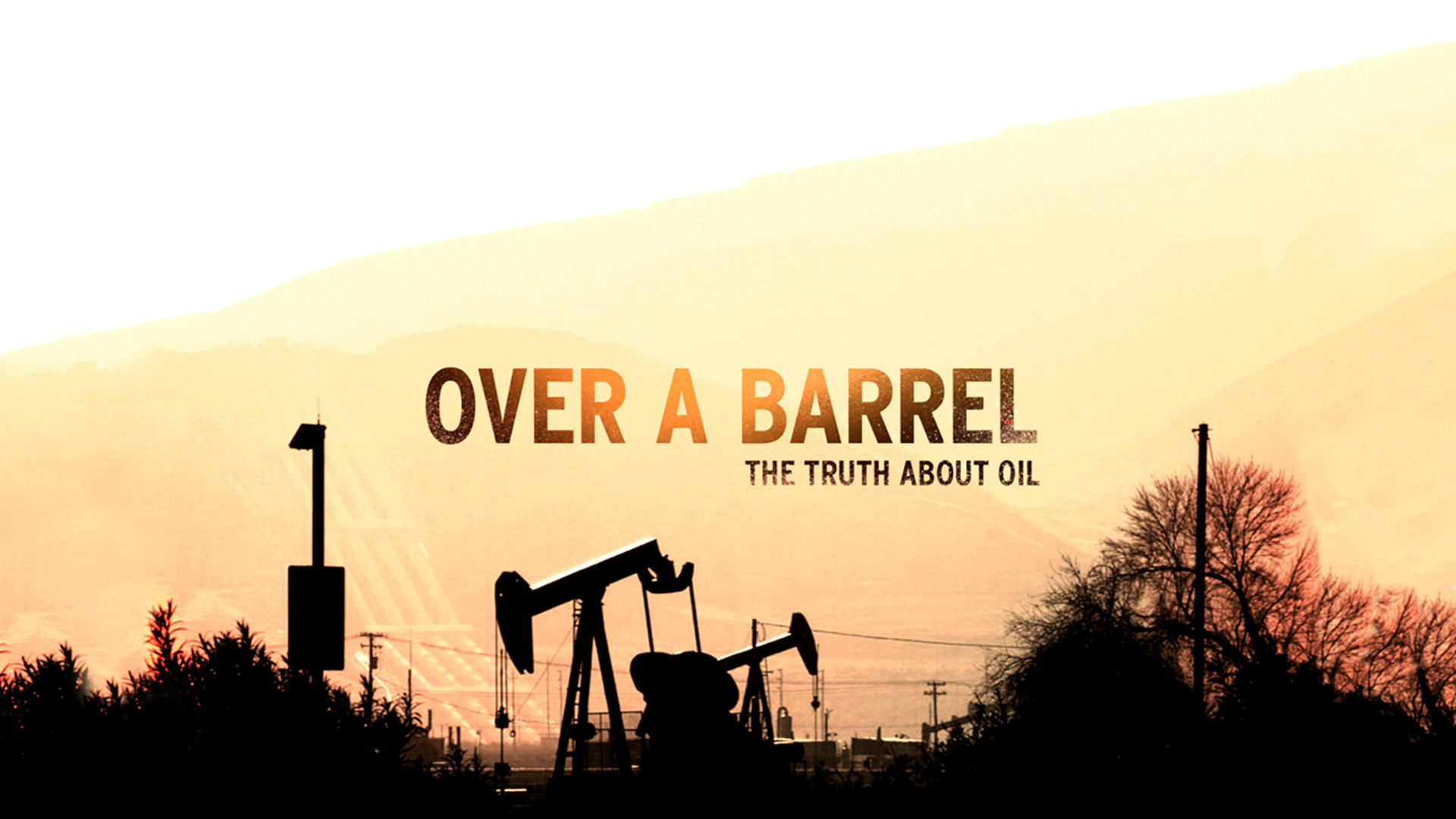
On Nov. 13, 2001, President Bush ordered the government to fill the Strategic Petroleum Reserve to its capacity of 700 million barrels. Since then, the SPR fill-rate has accelerated and oil prices have gone through the roof, increasing from $21.67 to a record-setting $55.33 per barrel. At least $10 per barrel of that increase can be attributed to the president’s wrongheaded “fill” command. And that “Bush premium” has taken roughly $70 billion out of American oil consumers’ pockets and transferred it into OPEC’s coffers since December 2001.
Government stockpiles are nothing new. The U.S. has had a long and fatal attraction to hoarding commodities for national emergencies. Indeed, the government has squirreled away everything from aluminum to zinc. But the mother of all these commodity hoards is the SPR. Established in December 1975, it consists of five underground storage facilities hollowed out from salt domes in Texas and Louisiana. At present, they hold 670 million barrels of crude oil, more than double the amount in private U.S. inventories. Taking into account the grades of oil in the SPR, its market value is a whopping $31 billion.
The SPR — like the other government stockpile programs — has had a stormy history. One of the more outrageous episodes occurred in late 1978. The Saudis cut a deal with the Carter administration to stabilize oil prices by increasing their output. In return, the U.S. agreed to stop purchasing oil destined for its stockpile, giving the Saudis de facto control of the SPR. The Saudis knew the oil markets and the importance of seemingly small changes in the demand for inventories. The Saudis also knew that the Americans would keep their end of the bargain and that they would not.
Most oil is sold under fixed-priced contracts. In normal times, small excesses and deficits are absorbed by changes in private inventories. When the temporary supply-demand imbalances are too large for inventory absorption, they show up in the spot market for oil, where flexible prices clear the market.
When potential supply disruptions enter the picture — as they have done with increasing frequency since 2001 — panic buying sets in. Nobody wants to be caught short and the precautionary demand for more storage shoots up. Contrary to popular characterizations, the ensuing price increases are primarily driven by changes in the demand for storage, not supply problems.
After the president issued the order to fill the SPR, in late 2001, the government’s precautionary demand for storage increased and the government began to compete for inventories with the private sector. Not surprisingly, total U.S. oil inventories have increased by 9.4% since December 2001. But private stocks have actually decreased by 12.5%. The SPR has crowded out private storage and the government’s share of the total has increased from 63% to 71%, giving rise to the Bush premium of at least $10 per barrel.
Applying common sense, and in an effort to eliminate the Bush premium, Sens. Carl Levin (D., Mich.) and Susan Collins (R., Maine) have repeatedly argued for the suspension of oil purchases for SPR. On three occasions, they have offered amendments that would have put a halt to government buying. But the amendments have not seen the light of day. The last attempt on Sept. 14 did narrowly squeak by on a 48-47 vote but that wasn’t enough to overcome a technical point of order raised against the amendment. This is unfortunate. Unless purchases are halted, we will have to live with the Bush premium until May 2005, when the SPR is scheduled to be at full capacity.
Sens. John Kerry and John Edwards recently jumped on the “stop the fill” bandwagon. However, the strength of their convictions is in doubt since neither bothered to cast votes on the Levin-Collins amendments.
Interestingly, one of the major objections to the idea of suspending government oil purchases is that they are small potatoes. After all, they only amounted to 1.3% of total U.S. oil imports in 2004. Those who embrace this argument don’t know what the Saudis knew in 1978. They also don’t understand the economics of storage. At present, spot oil prices exceed futures prices, indicating that private inventories are “low.” Under these conditions, what appear to be “small” changes in inventory levels have outsized impacts on prices, particularly spot prices.
The power of inventory changes is best illustrated by revisiting the Gulf War of 1991. On Jan. 16, the first day of the war, George H. W. Bush threatened to release oil from the government’s stockpile. The results were dramatic: The spot price of oil fell from $32.25 per barrel to $21.48 in one day. More importantly, the positive spread between spot and four-month futures prices also fell, from $5.90 per barrel to $1.65, indicating a higher comfort level with the adequacy of private inventories.
The Gulf War experience suggests that the Levin-Collins amendments have been too timid. Why not threaten to lend the government’s oil freely, without limit and change what the market would bear? That would yield more than the elimination of the $10 per barrel Bush premium.
Better yet, why not replace government-mandated release rules with a market-based approach? To do this, the government should sell call options on its oil stockpile. By doing this, it would generate revenue to defray some of its stockpiling costs. More importantly, the market would decide the release rates for the SPR. In consequence, the volatility in the oil markets would be dramatically reduced. In addition, spot prices would fall like a stone and once again be lower than futures prices.
Author Steve H. Hanke

0 responses on "Over a Barrel"